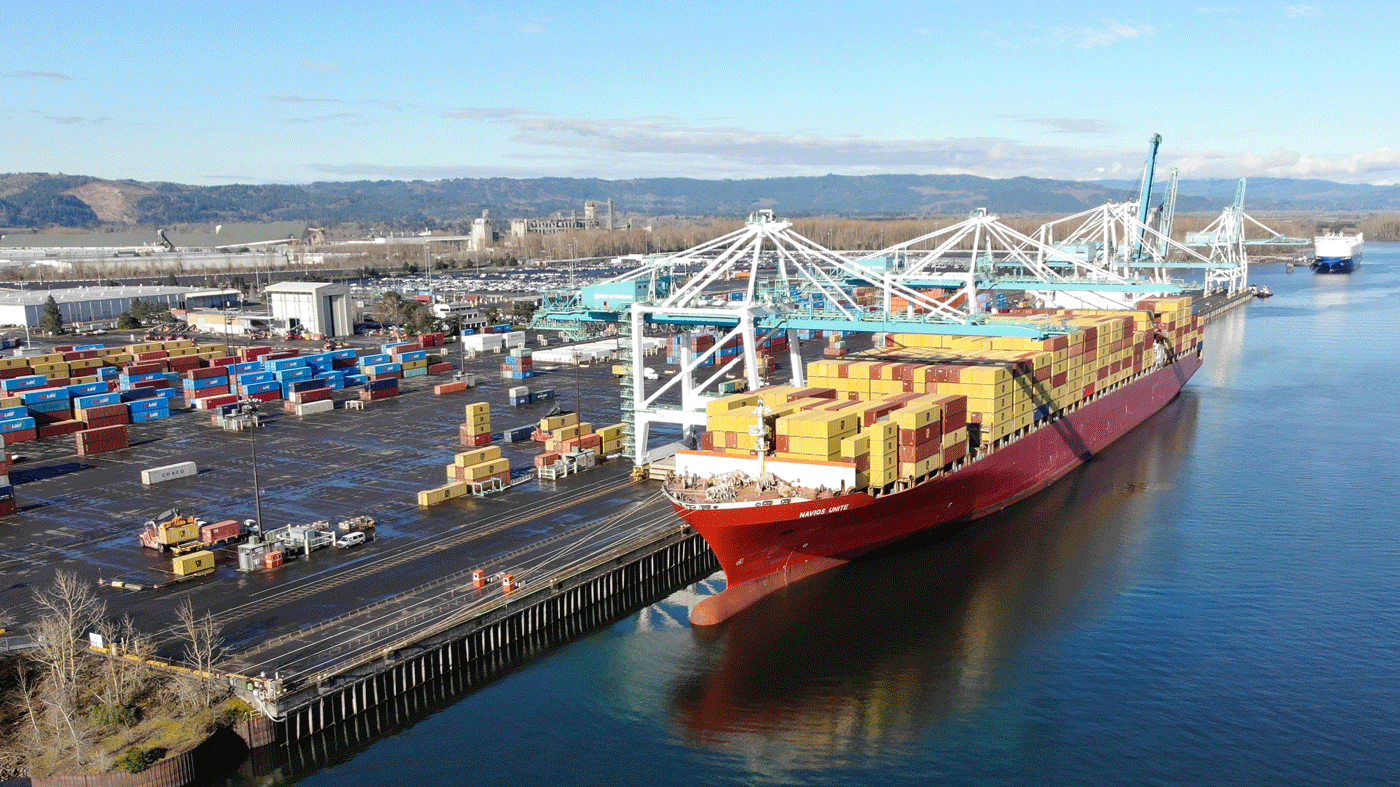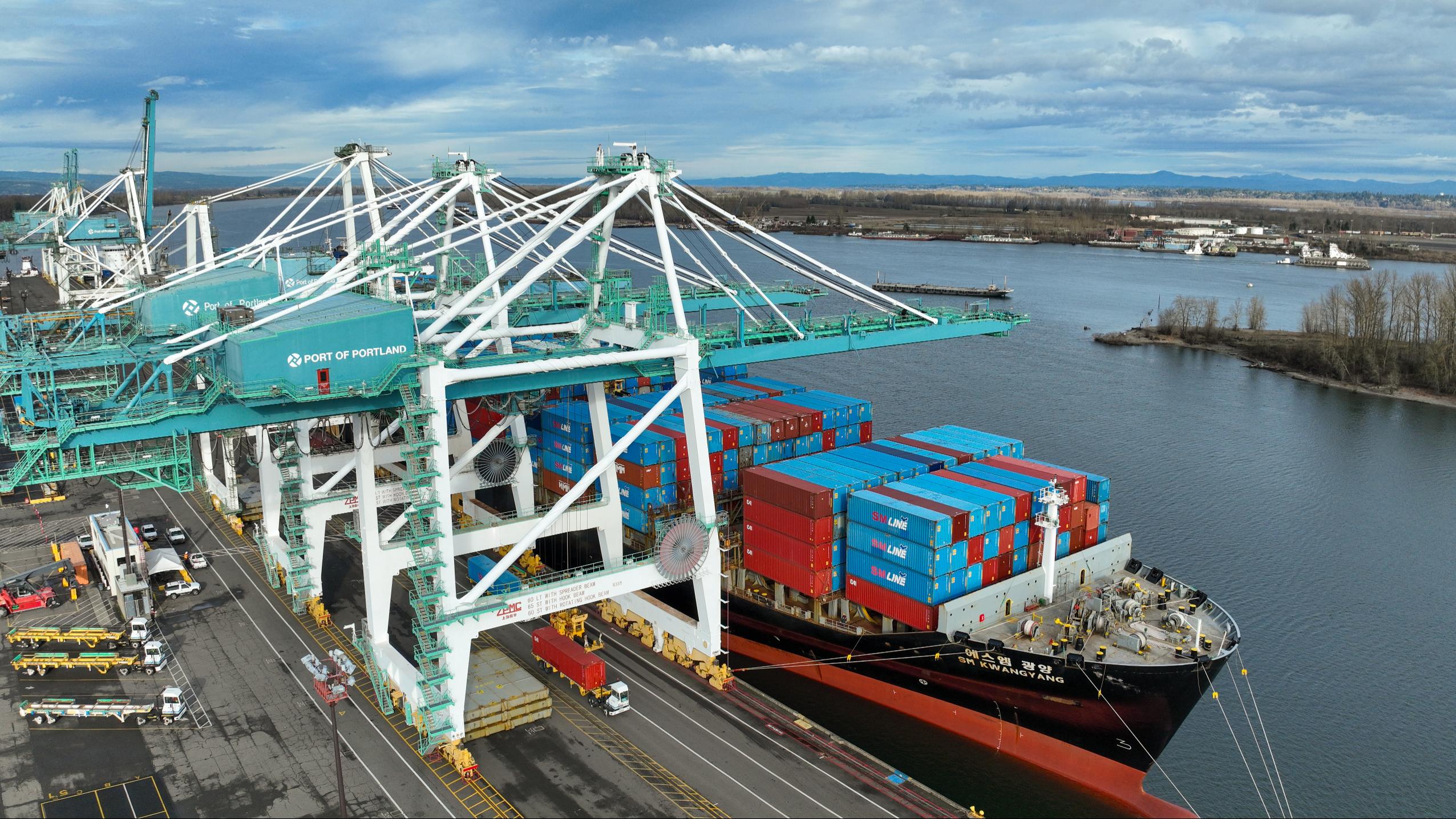The aviation sector is widely regarded as one of the most difficult to decarbonize. Yet, with the growing climate crisis, it is essential that aviation stakeholders – including airports – help lead the way toward meeting aggressive net zero emissions and carbon neutrality goals.
As the largest three commercial airports in the Cascadia Corridor, Seattle-Tacoma International Airport (SEA), Portland International Airport (PDX), and Vancouver International Airport (YVR) are aligned in our commitments to decarbonize the aviation sector and to being the greenest airports in North America. Our shared carbon-reduction goals focus on four key categories: 1) sustainable aviation fuels, 2) airport facilities, 3) airfield operations, and 4) vehicle trips to and from airports by employees and travelers. In particular:
Sustainable Aviation Fuels
While electric powered aircraft will play an increasingly valuable role in short haul flights, the technology does not exist to electrify long-haul commercial aircraft, so our airports believe that the most realistic, near-term opportunity to decarbonize air travel is through the use of sustainable aviation fuels (SAF). SEA, PDX and YVR share goals to:
- Advocate to state/provincial and federal governments to provide appropriate policy and funding to support SAF.
- Work with air travelers – particularly industry associations and large corporate employers with significant employee travel – to increase passenger demand for SAF uptake.
- Support airlines in their efforts to invest in and adopt SAF.
- Encourage appropriate infrastructure investment, feedstock development, and public private partnerships to facilitate affordable and sufficient SAF implementation.
Airport Facilities
The carbon emissions most directly controlled by airports are those from their facilities and operations, which means that airports can be highly aggressive in reducing these sources of carbon. SEA, PDX and YVR share goals to:
- Reduce emissions related to the construction of new and renovated facilities, by reducing embodied carbon in construction materials, and by promoting building energy efficiency, alternative energy generation, and other efforts that result infacilities that are low, zero or net positive carbon.
- Convert airport vehicles, such as buses, to lower- and zero-carbon fuels.
- Upgrade heating, cooling, and power infrastructure to accommodate lower- and zero-carbon energy sources.
Airport Operations
The movement of aircraft and other vehicles on the airfield is a prime opportunity for carbon reduction. SEA, PDX and YVR share goals to:
- Leverage pre-conditioned air and electric plug-in technology to allow aircraft to turn off engines and auxiliary power units while at the gate.
- Encourage and incent the transition of ground support equipment to lower- and zero-emission fuels.
- Support air traffic control systems and technologies that increase efficient movement of aircraft on the airfield.
Vehicles
Reducing single-occupancy vehicle trips is a shared priority for our airports, given the environmental and traffic impacts. To reduce those impacts, SEA, PDX and YVR share goals to:
- Partner with local transit providers to identify ways to further encourage and incent transit usage to and from the airport.
- Identify new strategies for commute-trip reduction for workers at the airport.
- Explore innovation solutions that promote electric vehicle adoption by all airport ground transportation service providers (e.g., taxis, TNCs, airporters) and by private vehicle trips to and from the airport.
- Work with cargo and freight partners to support more efficient vehicle operations and emission reducing initiatives.
We welcome other Cascadia Corridor airports, aviation stakeholders, and business and government leaders to join us in the pursuit of these goals.




.jpg)
.jpg)
